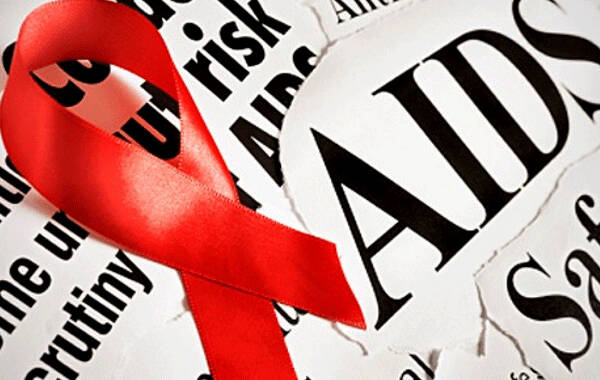
The ManicaPost

Tendai Gukutikwa
Health Reporter
MANICALAND has made great strides in improving its tracking system to combat paediatric HIV and AIDS, thanks to the introduction of an HIV health tracker system at 234 referral hospitals and clinics in the province.
Dubbed the Community Elimination of Mother-To-Child-Transmission tracker, the invention marks a crucial step forward in the fight against paediatric HIV and AIDS.
The tracker is being used at 375 health institutions, of which 234 are in Manicaland and the rest in Midlands.
This was divulged by the Zimbabwe Health Interventions (ZHI), Strategic Information Evaluation and Learning director, Dr Khulamuzi Nyathi in an interview with The Manica Post last week.
Dr Nyathi said the health tracker system has significantly improved the province’s ability to track and combat paediatric HIV and AIDS.
“The system has been successfully implemented in all public hospitals and select clinics across five districts in the province. This initiative covers 274 public health facilities in the five districts, aiming to enhance the monitoring and management of HIV cases among children,” he said.
With technical support from ZHI, the Ministry of Health and Child Care is rolling out the tracker system in Buhera, Chipinge, Makoni, Mutasa and Mutare districts (Manicaland) as well as Gweru, Mberengwa, Gokwe South and Kwekwe (Midlands).
Dr Nyathi said the tracker system is part of Government’s epidemic control of the HIV and AIDS.
“It is important to note that Manicaland is contributing to the country’s epidemic control, with the support of ZHI, and in line with the priorities of the ministry and the National Aids Council. Essentially, all our work feeds into the national health information system,” he said.
Dr Nyathi said the HIV health tracker system is an expert client-led initiative which seeks to address the gap in longitudinal tracking of HIV exposed infants at the community level.
“It tracks the mother from antenatal care up to the post-delivery period, and the expert clients remind mothers of the services that are due at each time point. The tracker and the revised algorithm were introduced to 186 expert clients in March 2023, and these are outreach workers and clinic referral facilitators,” he said.
He said on top of that, 188 facility nurses were sensitised on the community EMTCT tracker in the two provinces.
Community nurses, he said, conduct continuous mentorship and support, and that all tracking efforts are reported monthly to the facility.
“So this is how the tracker system works, we follow up children that were born sometime — latest two years ago and check to ensure that they received the appropriate tests at the appropriate time and we record that information. Community health workers will follow up these children in their homes, even those in the most remote areas, and that information is fed to the nearest health facilities,” he said.
The information is fed into the mother-baby pair register which is an official ministry register.
“That information is subsequently entered into the district health information system and after that we are able to identify after 24 months how many children born to HIV positive mothers managed to get tested and eventually determine the mother-to-child-transmission rate. Basically what the system does is track babies born to HIV positive mothers and check whether they received the adequate health services they should have received or not. If not, then they are integrated into the system as a matter of urgency.
“We are making progress in decentralising HIV prevention, care and treatment services. However, the country is experiencing disparities in ending new HIV infections in children, providing antiretroviral treatment (ART) to pregnant women living with HIV, and providing life-saving treatment to children and adolescents living with HIV. Therefore, the success of the tracker is something worth celebrating because it means we are getting there,” he said.
Dr Nyathi said the tracker system is in line with Government’s work plan of focusing on gaps in ending paediatric AIDS.



